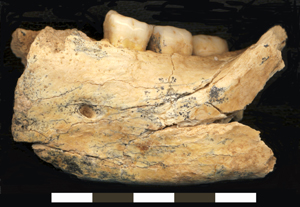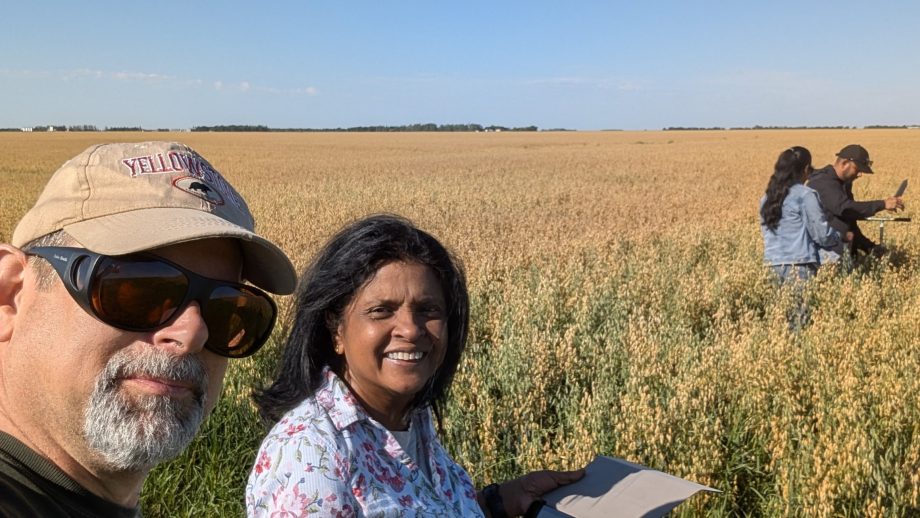WINNIPEG, MB – A significant discovery of a partial mandible (lower human jaw) involving University of Winnipeg anthropologist Dr. Mirjana Roksandic is featured in the current peer-reviewed Journal of Human Evolution http://www.sciencedirect.com/science/journal/00472484 (see Articles in Press).
Part of a large team of international researchers lead by Dušan Mihailović of the University of Belgrade, Roksandic and her colleagues have been examining the mandible discovery that was excavated at the Mala Balanica cave in 2008. This is one of the few very old human fossils from Southeast Europe recovered in archaeological excavations. With the date of at least 113,000 years, it raises important questions about the spread of Neandertals and earlier hominins in the Central Balkans.
“The mandible does not exhibit any of the traits characteristic of Neanderthals, which are commonly considered to have been the only hominin group inhabiting Europe in the Middle and early Late Pleistocene,” says Roksandic.
The absence of Neandertal traits in a specimen of this age is counter to the common assumption that Neandertals were the only hominin group in Europe during this time period. To clarify the issue the team is using a series of absolute dating techniques and expects new results this summer.
“The Central Balkans is a particularly poorly known area in the Pleistocene,” says Mihailović, who started the project in 2000. “Over the last 10 years we have identified over 30 caves and open air sites in Serbia and in Montenegro and begun excavations in seven. Any new finds are bound to be extremely relevant as there is such a dearth of information on this critical area for human and animal movement into and out of Europe.”
The discovery of the mandible allows researchers to build a more complete picture of the migration of early humans in and out of Europe and the occupation of the Balkan area during Middle to Early Upper Pleistocene.
Dr. Roksandic continues to excavate in the Balkans where UWinnipeg, in collaboration with the University of Belgrade, has an ongoing international field school for upper-level undergraduate and graduate students.
– 30 –
MEDIA CONTACT
Diane Poulin, Communications Officer, The University of Winnipeg
P: 204.988.7135, E: d.poulin@uwinnipeg.ca





